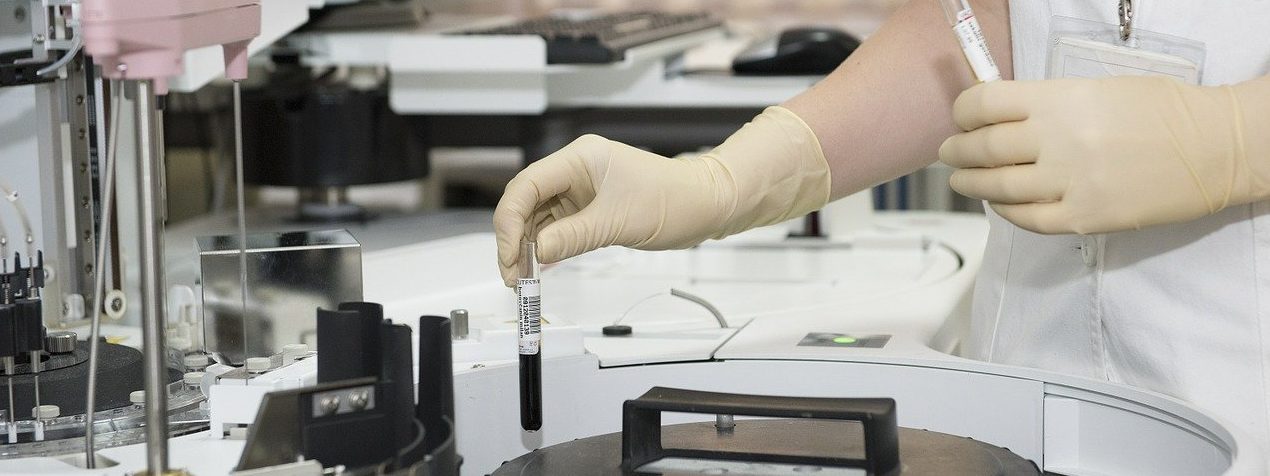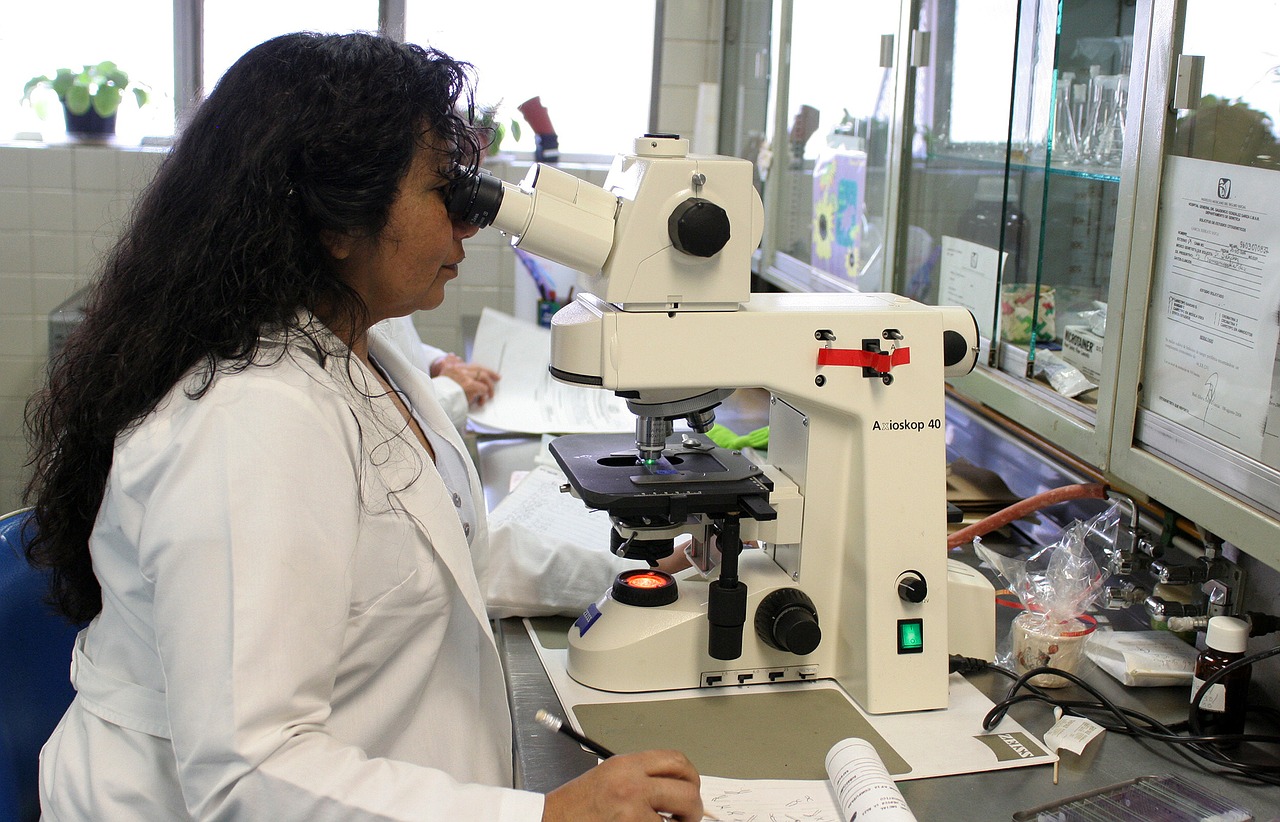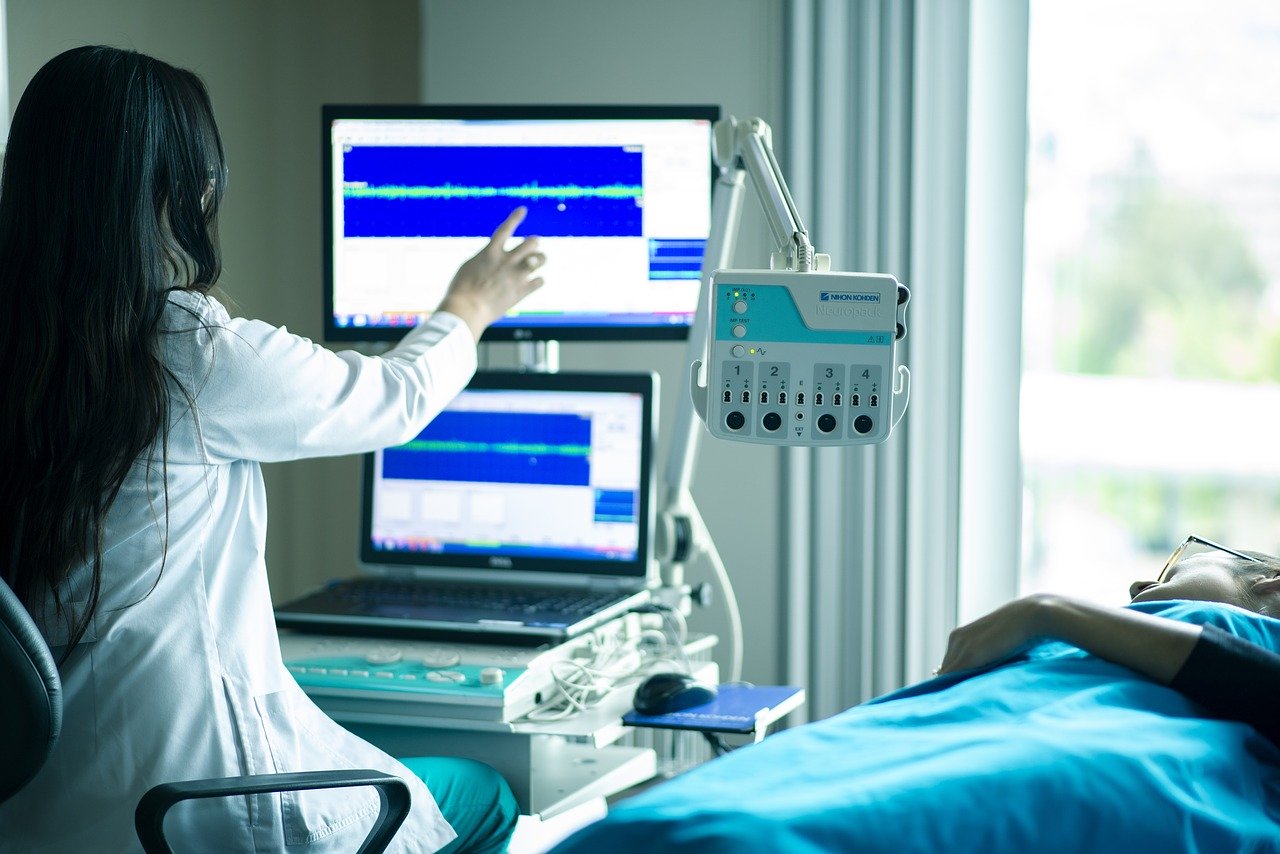Azienda Sanitaria Locale Roma 4
An interview with Dr. Giuseppe Quintavalle, director generale
Sector
Quinary: health care, scientific research
Country
Italy

Specialization
The USL Roma 4 company covers an area of approximately 1,317 km2 and includes 28 municipalities. The resident population is equal to 323,595 inhabitants with an average density of about 246 inhabitants per km2.
The territory of the ASL develops within an arc of over 160 km, starting from the North-East, on the borders of Rome, up to the West, on the coastal margins of the province of Viterbo.
The Company has as its purpose the promotion and protection of health, both individually and collectively, through the prevention, treatment and rehabilitation of the pathological states of the resident and / or present population in any capacity within its territory. To allow the best possible quality of life, it guarantees essential levels of assistance, as required by national and regional legislation.
The Company also contributes to this goal through the integration between health and social care and promotes specific activities on an experimental basis in order to promote greater cost-effectiveness and efficiency of the services provided, always in compliance with ethical principles.
A further objective is the transition from the “hospital system” to the “territory system”, enhancing the activities of the Districts and their synergistic conjunction with the Municipalities for the realization of a socio-health function aimed at avoiding, as far as possible, the social isolation of patients and, in particular, of fragile subjects, involving and involving families as well.
Main reasons and motives for the decision to implement the age management measures
Population aging is one of the most difficult challenges of the 21st century. The need to balance social costs has led to a rapid increase in the retirement age. As a result, many jobs which were once only done by young people are now entrusted to older workers.
The problem is particularly acute in healthcare activities which, due to the fact that they are aimed at people in need of assistance and who are ill, entail the inevitable occupational exposure to chemical, biological, physical and psychosocial risks and it’s a job that needs to be done 24 hours every day of the week.
It is also necessary to prevent exposure to extra-work risks and the adoption of incorrect lifestyles from compromising workers’ physical and psychological conditions. A sick healthcare worker is unable to assist patients. Health promotion in healthcare is therefore not an option, but an obligation.
The worker must always be healthy, that is, able to effectively control his/her work environment. Occupational medicine must adopt a holistic approach that allows monitoring of exposure to occupational and non-occupational risks at the same time. The health promotion that comes from the workplace must extend beyond it, into the lifestyles and behaviors that each worker must adopt and maintain.
Age management dimension
Learning, training and lifelong learning
- the absence of age limits in determining access to in-house learning and training opportunities;
- analyzing the skills needs of the organization, matching these with the available skills and individual educational status of older employees and utilizing them in the methodology and contents of training;
- continual monitoring of an employee’s educational status;
- defining training opportunities as being an integral part of career planning and not solely as job;
- using older employees and their particular qualifications both as facilitators of further education for older and younger employees, and as an organizational ‘knowledge pool’.
Flexible working time practices
- the adjustment of shift schedules;
- special measures of daily or weekly working hours reduction;
- flexible working for older employees.
Health protection and promotion, and workplace design
- organizational health reports and working groups on health;
- the use of health experts to advise the organization;
- employee surveys;
- preventive redeployment;
- employee participation and education;
- regular health checks.
Comprehensive approaches
- an emphasis on preventing age management problems.
Expected results:
- protection and support of workers in the health sector;
- personal and professional well-being;
- monitoring of critical situations;
- redeployment of staff in difficulty.


Our way towards the age management
The ASL Roma 4 project has a primary objective to identify the interventions that can facilitate the insertion of older workers in the workplace and allow them to remain in active service. It is therefore necessary to identify professional and non-professional risks and prepare tailor-made solutions for each individual worker.
The basic concept allows the application of the ergonomic protocol based on A.S.I.A. (evaluation, surveillance, information / implementation, audit), or in close integration of the various moments of evaluation, monitoring, information, implementation and verification.
The process therefore involves a four-step protocol:
Step 1: identification of the physical, physiological and psychological needs of the job (evaluation);
Step 2: evaluation of the physical, physiological and psychological abilities of the worker (surveillance);
Step 3: identification of physical, physiological and psychosocial discrepancies between requests and resources, reduction and control of discrepancies through the application of tools, machines and models of work organization and training and information of workers (information / implementation)
Step 4: verification of the validity of the proposed solutions, of their application and of the different moments of evaluation, surveillance, training that make up the cycle (audit).
The participation of the various actors is the key to the project. A plurality of competent figures participates in the development of proposals aimed at improving work. These working groups, called GEP, are attended by the competent doctor, the manager or an employee of the prevention service, a head of the nursing services and one of the health management and workers in the sector examined. During the meetings the type of work is briefly described; the critical conditions of one or more activities are identified and then an in-depth assessment of these activities is carried out.
The workers themselves are invited to seek and discuss possible solutions to the problem and to choose the simplest, most economic and applicable one among those that have emerged. The solution developed by the group is then formalized and proposed to be examined and, if deemed valid, applied. The effectiveness of teamwork depends on the ability of its members to interact with each other. This means that the work of the GEP has both a diagnostic function, because it allows highlighting the problems, and a therapeutic one, because it increases the collaboration capacity within the group and examines the different solutions.
The cases of clinical relevance identified by the competent doctor during the periodic visit are regularly referred to the National Health Service and there is a tendency to establish regular meetings, in order to facilitate the recovery and reintegration of the worker in order to facilitate the recovery and reintegration of the worker. In cases where the pathological condition produces a significant disability, the recovery path of the worker (subject to his/her consent) is discussed within the GEP, to be agreed with the work colleagues, as well as with the managers and supervisors (management disability).
Strengths and weaknesses of our approach
An important point is the switch from logic of individual protection to that of collective protection for workers. We choose to investigate not only the health of the individual worker but with a broader approach, a greater number of workers who suffer from the same critical issues are involved.
A strength is undoubtedly the approach: from occupational medicine “defensive”, based on the employability limits, in favor of the medical health of the active (proactive health professional), which promotes health in accordance with the workers.
Since the success of the project depends on teamwork, this is strength and a weakness at the same time. The harmony and group collaboration are the key project.
Activities to sustain this initiative
The costs consist exclusively of the time taken by the competent doctor and workers to carry out the GEP. The benefits of workers, the healthcare company and the patients themselves, who enjoy the best quality of care provided by a healthy and motivated staff, are remarkable and easily measurable.
Monitoring system of the effects
In the Company, the measurement of workers’ physical and mental well-being through self-completed questionnaires administered on periodic medical examinations began in 2000 and continues regularly. The analysis of the data provided documents a modest but constant reduction in the levels of work-related stress perceived by workers, even in the event of an increase in the workload and a marked aging of the workforce.
Beneficial effects of the initiative
The project has allowed, and will allow more and more in the future, gradually and constantly modifying workplaces and working organization in order to adapt them to the characteristics of the workforce.
The approach used also promotes the improvement of mental health conditions. Attention no longer focuses on negative phenomena, such as stress, burnout, bullying, bullying and violence, but on the positive ones: well-being, commitment, motivation, social support.
The collaborative spirit of the workers in the GEP allows a redistribution of work tasks, which avoids the use of limitations and prescriptions of the suitability judgment by the competent doctor. This definitely has a positive effect on the worker and the working environment too.
Our recommendation
The participation-based method has an important effect on work commitment. The active involvement of the worker in his / her job is an important indicator of job well-being and job satisfaction. If I like my job, I will work to improve it.
The interventions in the workplace and in the organization of work, as well as changes to the individual tasks to be carried out within the work group, were carried out using the methodology described above, in correspondence with pathologies whose effects are recognized and controlled not only by the doctor but also by work colleagues.
